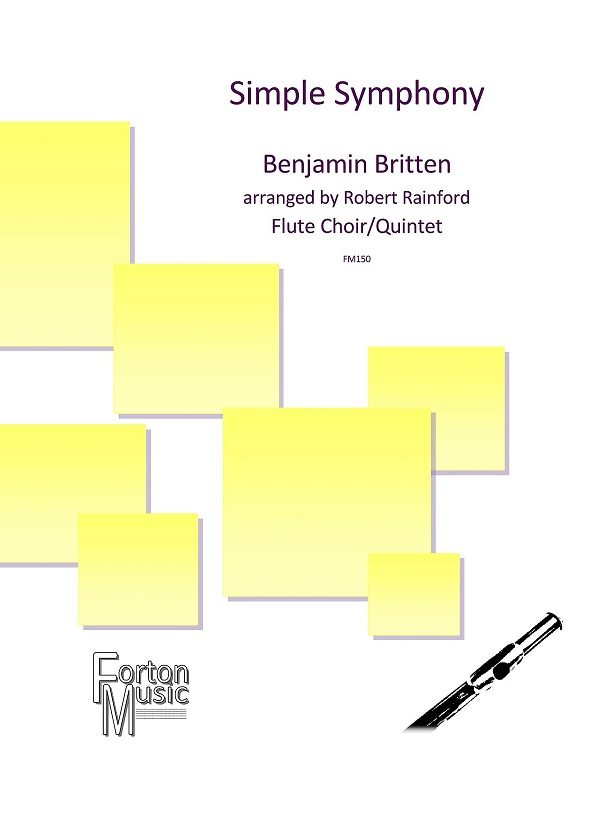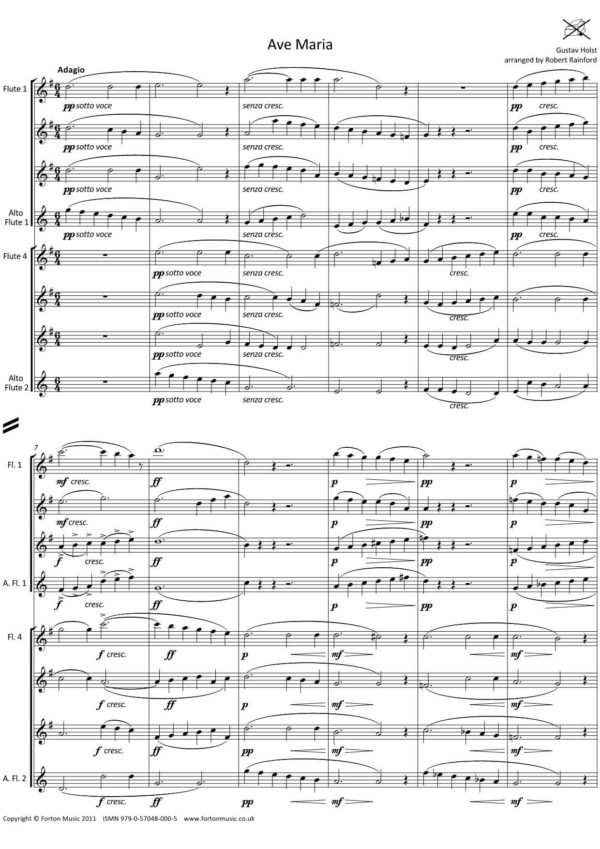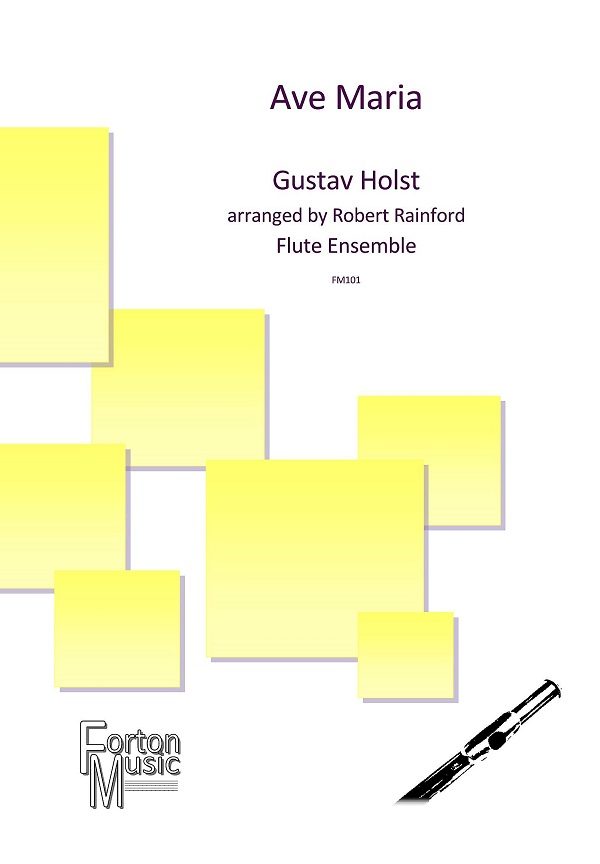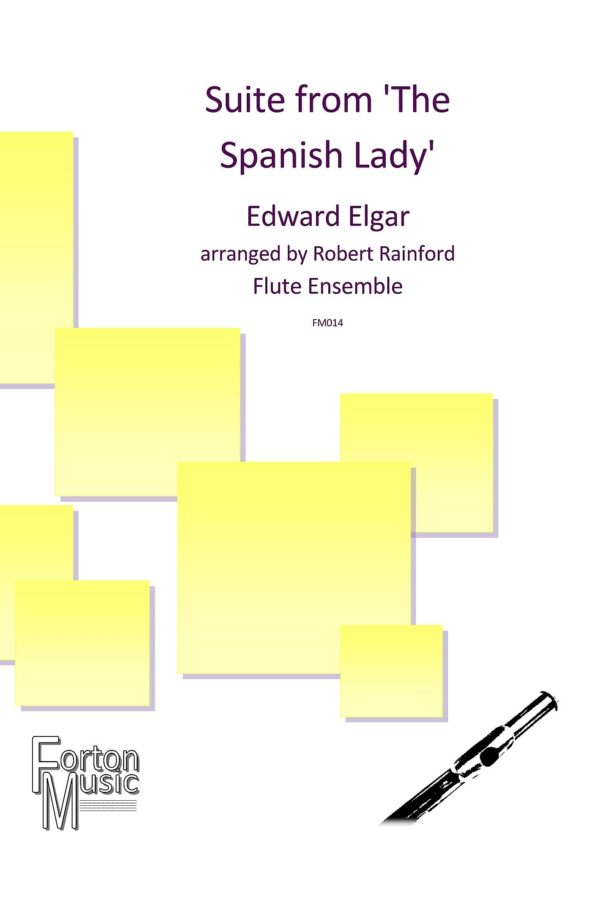Click the links below to see and hear each movement.
1. Allegro Risoluto
2. Lantana
3. Chanty
4. Salix
5. Toccata
£22.50 – £30.00
Click the links below to see and hear each movement.
1. Allegro Risoluto
2. Lantana
3. Chanty
4. Salix
5. Toccata
Percy William Whitlock was born at Chatham on June 1st 1903. At the age of 16 he entered the Royal College of Music where his teachers included Stanford, Vaughan Williams and Henry Ley. From 1921 to 1930 Whitlock was assistant organist at Rochester Cathedral. When the cathedral organist, Charles Hylton Stewart, left for a similar position at Chester Whitlock realised that it was time to move elsewhere and from 1930 to 1935 he served as music director at St Stephen’s Bournemouth, combining this position from 1932 with the role of that town’s borough organist at the Bournemouth Pavilion. After 1935 he worked full-time at the Pavilion. Here he worked with the Bournemouth Municipal Orchestra (later the Bournemouth Symphony Orchestra) and gave dozens of live BBC broadcasts between 1933 and 1946. He wrote a number of works for orchestra and the huge four-manual Compton organ in the Pavilion, including a Symphony in G minor which has been revived and recorded. An avid railway enthusiast, Whitlock presented his then girlfriend (soon to be his wife) Edna May Kingdon, with a most unusual twenty-second birthday present. Entitled The South Eastern and Chatham Railway and the London, Chatham and Dover Railway Locomotives: Their description, history. distinctive features and interest by Percy W. Whitlock, a book which Edna’s mother considered totally unsuitable. Whitlock wrote extensively and even composed poetry. Much of his writing for the local Bournemouth press was under the pseudonym Kenneth Lark. A great deal of his correspondence and diaries have survived and these, along with many of the articles he wrote were assembled into The Percy Whitlock Companion which was edited by Malcolm Riley and published in 2007. They show the composer to be a kind, gentle soul with a mischievous sense of fun and a sharp, but never unkind, wit. While only in his 20s Whitlock was diagnosed with tuberculosis; he also suffered from hypertension, and near the end of his life he lost his sight altogether. He died from a stroke on May 1st 1946, aged just 42. His wife Edna outlived him by nearly fifty years, and died in August 1993.
The Plymouth Suite was inspired by a trip Whitlock and his wife Edna took to Plymouth to attend a conference of ‘The Incorporated Association of Organists’. There are five movements, each of them is dedicated to an organist who had attended the conference. and the piece was composed between August and November of 1937. The first movement was dedicated to the then famous organist Harvey Grace. Harvey Grace was the organist of Chichester Cathedral and had succeeded W.G MacNaught as editor of the Musical Times. He was well known as an adjudicator at music festivals up and down the country. His book on the Organ Music of J.S. Bach enjoyed a vogue. It is a somewhat laid back Allegro Risoluto with the feeling of a passacaglia. This theme is treated in an extremely competent manner with robust harmonies. The second theme has been influenced by a phrase from the first movement of Rachmaninov’s Second Symphony. The two themes are worked quite extensively with the first re-appearing towards the end. The writer Peter Hardwick in his article ‘The Organ Music of Percy Whitlock’ notices a number of neo-classicist finger-prints leading to some interesting dissonaces. There are polytonal and polymodal parallel triads working in opposition to each other and spare parallel fourths and tritones. The metre is also subject to quick alterations between 5/4 and 3/4 time and 2/4 to 3/4. Hardwick suggests that this is done to suggest the ‘changing rhythms and moods of the sea.’ The second movement is entitled Lantana – the dictionary definition of which is a ‘tree-like shrub.’ However it is translated by Whitlock as the ‘Wayfaring Tree.’ This movement was dedicated to the organist of Buckfast Abbey, Dom. Wilfred. The monk was well known for ‘organ’ crawls and even collected bits and pieces of kit for use on his own instrument. The mood is peaceful and quite distant in it’s atmosphere. There is no doubt that there are echoes of Edward Elgar in the working out of the melody. The third movement is a Chanty, which is dedicated to the Lancaster Roman Catholic Cathedral organist Dr. Reginald Dixon. Apparently this gentleman was regarded by Whitlock as being the ‘generally the naughty boy at any party.’ Here we have a genuine Plymouth reference. Quite definitely a nautical piece in a quick 2/4 rhythm. Riley points out that this piece is more in the style of an eighteenth century Hornpipe rather than a Shanty. Hornpipes however did not always have a nautical association. Handel used the form in one of his concerti grossi. The time signature of this was 3/2. A shanty was definitely a sailor’s song – devised to make hard manual work easier by assisting the rhythmic motions of task aboard ship. The fourth movement, called Salix is an example of the pastoral style. It would be easy to see such a piece composed by the likes of Finzi or perhaps William Lloyd Webber. The depth of the piece is actually more intense than the ‘light hearted’ dedication would imply. Apparently the dedicatee was a certain Henry Austin Dewdney who was a Bournemouth pianist. He was involved in most of the local music making in the nineteen thirties. Whitlock states of him ‘A perpetual grouser, yet with much humour.’ Salix means a willow tree – a weeping willow. The main theme is a gentle ‘Sicilian’ tune in 6/8 time. It is quite definitely one of the composers finest miniatures. The last movement is a robust toccata. This was dedicated to the Borough Organist of Plymouth, Dr. George Harry Moreton. Strangely, perhaps this is Whitlock’s only essay in the form of Toccata. However this piece is in the tradition of the great French Toccatas of Böellmann, Gigout and Mulet. This is a grand finale to a fine suite. There are two themes at work. A wonderful, fairly slow moving low theme is set against a semi-quaver accompaniment in the higher parts.
| composer | |
|---|---|
| arranger | Robert Rainford |
| instrumentation | |
| Select an Option | |
| skill-level |




